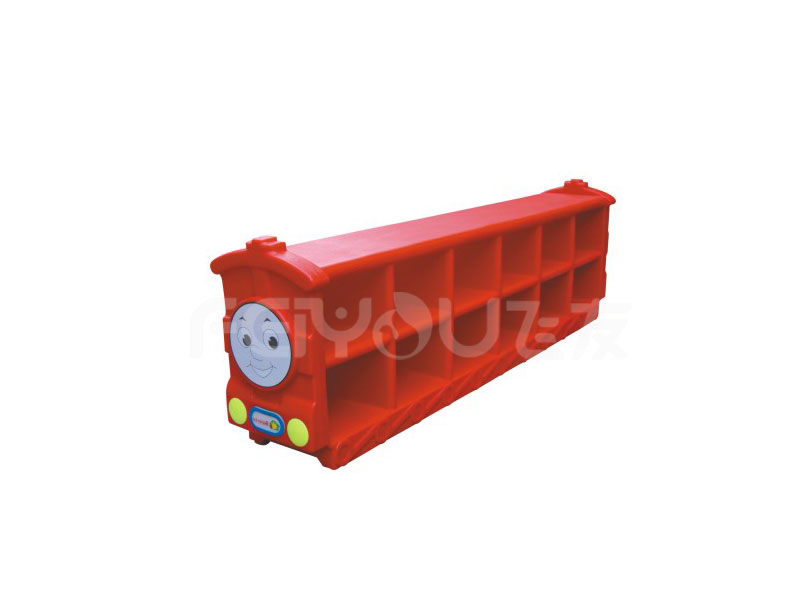Children's toy industry faces four major problems need to break
In the past 2017, the total value of China's children's toy exports was 23.962 billion U.S. dollars, a year-on-year increase of 30.4%. China, as the world’s largest toy producer and exporter, has 70% of the world’s total production of toys, of which exports account for the total output. 85%. Although exports maintain a steady growth trend, toy industry still needs to solve four major problems: the upgrading of foreign technical barriers, the increase of domestic production costs, the backwardness of industrial structure, and the transfer of production bases in the process of transforming development methods and realizing the transformation of old and new kinetic energy. As costs rise, profits continue to decline. In the past year, the price of plastics, the main raw material for production, rose by 30%, and the average price increase period was shortened to 2 months. In October 2017, the average ABS price was 16,000 yuan/ton, an increase of 30.18% year-on-year; due to the large number of small and medium-sized paper mills Suspension, September 2017, the average price of corrugated paper was 5264 yuan / ton, an increase of 105.7% year-on-year, resulting in doubled the price of packaging cartons. At the same time, labor costs in China are growing at an annual rate of 10% to 20%, and they face challenges in recruitment and the aging of employees. In addition, the increase in the cost of hydropower, land, and transportation further reduces the export profits of enterprises. According to the survey, about 73% of toy company profits were squeezed at 5% or even below 3%. The transfer of production bases has increased and orders have been lost. Due to the "double squeeze" of the return of manufacturing industries in developed countries and the low-cost competition in Southeast Asian countries, China's toy manufacturing industry is accelerating its transfer. Some German manufacturers are shifting their production lines back to Europe because of consumers’ higher trust in German quality. In the first three quarters of 2017, the number of German toys exported by China decreased by 8.6% year-on-year. The labor cost of Southeast Asian countries is 1/3 of that of China, and the production cost is 70% of that of China. Toys manufacturers from Guangdong and Zhejiang provinces have invested more than 50% in Southeast Asia; Qingdao toy exporters have reduced their orders by 50% within two years, of which more than 30% have moved to Cambodia, Vietnam and other countries. Technical barriers are continuously upgraded and the international trade environment is more stringent. The United States and the European Union are the major markets for toy exports in China, accounting for 65% of China’s total exports. Since 2017, Europe and the United States have issued and revised nearly 10 relevant technical regulations, setting stricter limit standards for bisphenol A, formamide, phenol, and lead in children's toys. In October 2017, the United States CPSC issued a new regulation requiring that the specific phthalate content in toys and childcare products should not exceed 0.1%. Turkey, Switzerland, India, and other countries and regions have successively introduced a number of laws and regulations, and there are features that are effective and have a high technical threshold. The Ministry of Commerce and Industry of India released the latest toy regulations and demanded immediate implementation. In 2016, China’s toy exports to India reached 260 million U.S. dollars. Affected by the new regulations, over 80% of China’s toy printing business was suspended. Technical barriers continued to increase to increase export risks. In 2017, the EU REPAX reported that China had a total of 553 toy products exported, a year-on-year increase of 18.42%; the US CPSC notified China of 22 toy products, an increase of 37.5% year-on-year. The industrial structure is backward and the brand competitiveness is lacking. Over the years, internationally renowned toy companies in Europe, America, Japan, and other developed countries have relied on brand licensing methods to integrate highly with animation, culture, and media industries to increase brand value and expand market share. China's toy manufacturing industry has long adopted the OEM production model. The characteristics of “one high and three low†industries are obvious: high export volume, low technological content, low brand value, low economic benefit, and serious homogenous industrial environment squeeze space for development. . China’s toy companies with independent intellectual property rights accounted for only 20%, and patents for inventions accounted for less than 5% of the country’s total patents. The domestic top ten toys and national brands account for only about 30%. To sum up, in order to promote the sustained and healthy development of the toy industry in China, it is proposed to actively expand the emerging markets along the “Belt and Road†countries, reduce the dependence on countries in Europe and the United States, and avoid losses due to sudden changes in the international trade environment. Strengthen the brand construction, extend the industrial chain, combine the new animation, film and television industry to reorganize the layout, and promote the conversion of new and old industrial kinetic energy. Leveraging the "Internet +" trend, the traditional toys and innovative elements will be integrated into the field of science and technology and intelligent toys. The company is an industry leading manufacturer and provider of children's amusement facilities, specializing in children's slides, extension equipment, children's furniture, children's toys, fitness equipment and other series of teaching toy products. The company's official website:. Tel. Address: No.16, Chuangqiang Road, Lucheng District, Wenzhou City Light Industry Park. Warmly welcome your patronage, the company dedicated to serve you! Minimalist design, smooth frame processing, a good companion to accompany the baby, the product design is lightweight, convenient for the baby to carry, and draw whenever and wherever they want. Say goodbye to ink dust and play with the 3D special effect Drawing Board. We create every detail with our hearts and feel every ingenuity behind it. RGB Drawing Board,fluorescent drawing board,magic fluorescent drawing board Guangdong Jishengke Industrial Co.,Ltd , https://www.dgjskpad.com